Writes Ryan Connor, Senior Management Consultant at Baker Tilly Mooney Moore. Article first published in the Irish News, Tuesday 10 October.
Ryan Connor, Senior Management Consultant at Baker Tilly Mooney Moore
Today’s economic challenges present a different set of symptoms in the third sector.
The charity funding landscape was vastly altered in March 2023 when we transitioned from European Social Funding to the UK Shared Prosperity Fund. Though the UKSPF is a replacement for some organisations, further reductions in other funding streams mean the overall funding level falls well short of what was previously available.
At the same time, the cost-of-living crisis has squeezed disposable incomes to the brink, adding to demand for the services operated by local charities, while the charities themselves face significant hikes in their operating costs.
Though inflation has currently stabilised at 6.7%, demand is expected to grow at a time when charities, just like the wider business community, face significant recruitment and retention issues.
This challenging environment has forced many organisations to shelve their recruitment and growth plans, instead focusing on balancing the books, protecting the staff they do have and, in some cases, taking the redundancy route to stay afloat.
Finding a way through this situation was one of the areas of discussion at this year’s CO3 Annual Leadership Conference, where it was clear staffing pressures are among the top concerns of third sector leaders.
To be a progressive employer with the right people to achieve success, the same principles apply no matter the structure, maturity, or scale of an organisation. Proactive workforce planning and employer branding are crucial to attracting the right people, but the work only starts there.
To retain and develop staff, charities must consider their culture, employee engagement and recognition processes, as well as salary, benefits, and work life balance.
Leadership development along with functional or technical training play a vital role in supporting talent to grow and evolve within an organisation, rather than looking outside of it.
Leaders must also consider whether employees can be developed as generalists across the organisation or in a specific area and should invest time in succession planning to ensure key roles are filled in a timely way. Behind all of this are the metrics and data that support an organisation to track performance and engagement while ensuring development initiatives, over time, are embedded and making a positive strategic impact on organisational goals.
Though the challenges and symptoms may be different, the overall principle of aligning talent management to the strategic goals of an organisation is as relevant to the public and private sectors as it is across the charity landscape. Organisations must consider their people and processes and be clear about the type and level of talent required for success if they are to adequately build their workforce for the future.













